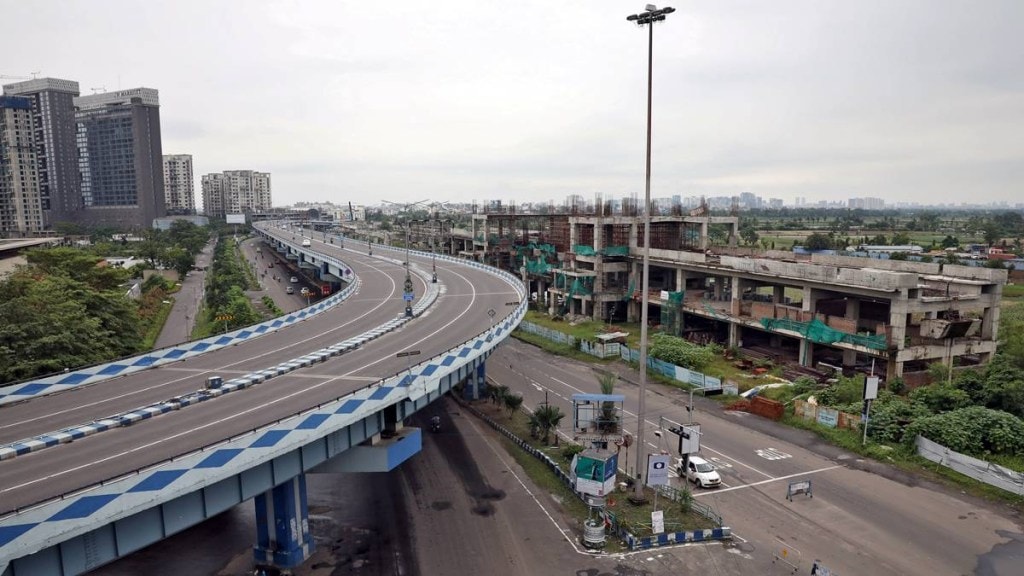By Munish Chawla
According to the Ministry of Finance, inward foreign remittance grew 26% in the last financial year (2022-23) to USD 112.5 billion. This is the highest level of remittance ever recorded in India. This record-breaking growth is a testament to the growing importance of Indian manpower exports in the global economy. India’s demographic dividend is a potential engine for India’s as well as global economic growth. With a young and growing population, India has a large pool of skilled and unskilled workers whose capabilities and services can be of great demand to rest of the world. This could be push a double engine growth in India and the recipient countries.
The Indian Diaspora across the world has made us proud with a lot of Indians doing well in Corporate, Business, Politics, Arts and Sports. From a Sundar Pichai of Alphabet, Satya Nadella at Microsoft, Arvind Krishna of IBM and Vasant Narsimhan of Novartis to political leaders and Indian diaspora, we will find that there are more than 200 Indian-origin people who occupy political leadership positions in over 15 countries with over 60 of them holding cabinet rank. This is a testament to the talent and potential of Indians. It also shows that Indian workers are highly valued by employers around the world now.
Developed and developing economies are also facing a shortage of quality workers in a variety of sectors including nursing, electrical, plumbing and agriculture. This is due to a combination of factors, including the ageing population, low birth rates, and a shift away from manual jobs. India has a large and growing population of young and skilled workers who can fill these gaps.
Historically, the Indian diaspora has migrated to other countries in search of livelihood with the help of informal channels. This is why we see an influx into the Indian diaspora from certain regions of India to that part of the world. For example, a large number of Indians from Punjab and Gujarat migrated to East Africa in the early 20th century to work on the railroads and in plantations. Similarly, a large number of Indians from Tamil Nadu migrated to Sri Lanka and Malaysia in the 19th century to work on tea and rubber plantations.
Informal channels of migration, such as family and friends, have played an important role in the spread of the Indian diaspora around the world. However, informal migration channels can also be risky and exploitative. However, there are several challenges that must be addressed in order to capitalize on this opportunity, one of which is ensuring that all workers, regardless of their skill level, have access to opportunities to work overseas.
White-collar workers in India have access to a variety of formal channels to help them find work opportunities overseas. However, blue-collar workers and entry-level workers often rely on paid agents to help them find work, get passports and visas, and navigate the complex process of working abroad. The Ministry of Labour and Ministry of External Affairs should also create a Digital Public Infrastructure (DPI) for work seekers willing to go overseas. This DPI could streamline & provide green channel to work related visas and passport application process, provide access to information on Government to Government work related opportunities and working conditions abroad, and with support of NSDC, offer skill mapping and language proficiency support.
With an increasing population and need for creating more access to livelihoods globally, there is a need to democratize information about overseas work opportunities, especially for blue-collar and entry-level workers as well in a formal way. Additionally, post-COVID work from home/anywhere has made the world one marketplace, giving Indian workers overseas work opportunities from India. Finally, there are innovative emerging work opportunities for digital nomads, which allows workers to work from across geographies.
With its young, skilled workforce and the support of the government, industry, academia, and the skilling ecosystem, India is well-positioned to harness its demographic dividend and become a major exporter of manpower to the world. The Indian diaspora, which is one of the most respected communities across the globe, is also willing to contribute to India’s economic growth. With the right policies and initiatives in place, India can increase its foreign remittance to over USD 200 billion in the next three years or so. This will not only benefit the Indian economy, but also help to fuel global economic growth. With the right collaboration between government and emerging startups in this space, India can create more work opportunities for its emerging workforce globally.
The Author is Co-Founder and Chief Happiness Officer -JEEVITAM
Disclaimer: Views expressed are personal and do not reflect the official position or policy of Financial Express Online. Reproducing this content without permission is prohibited.

